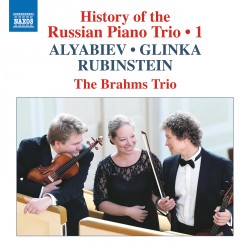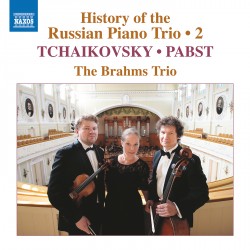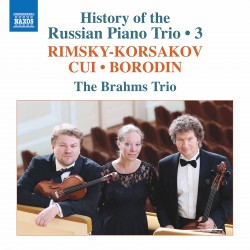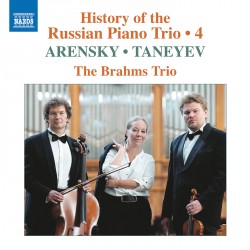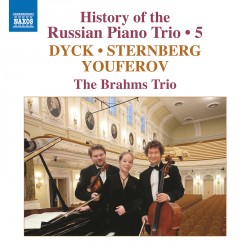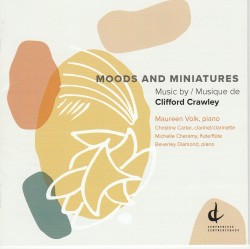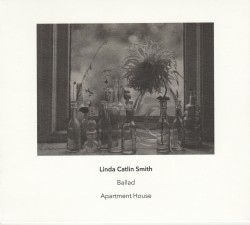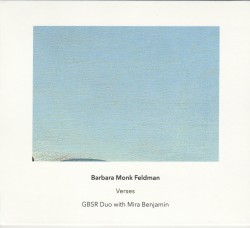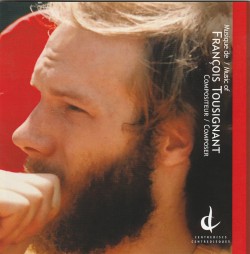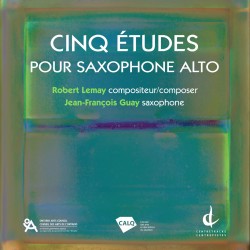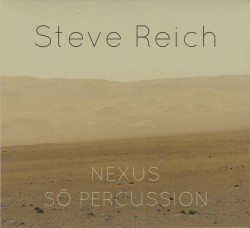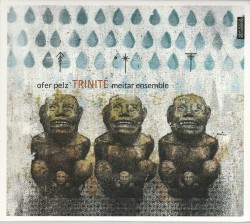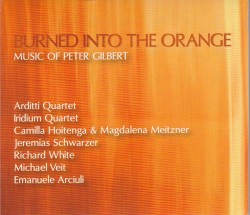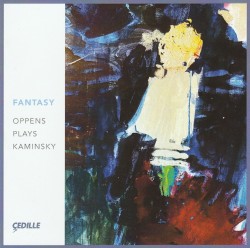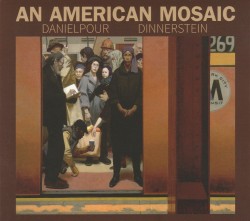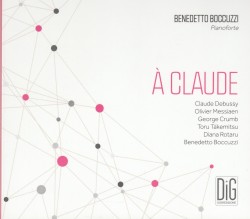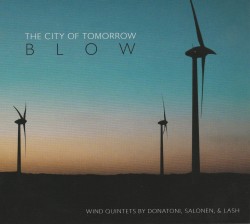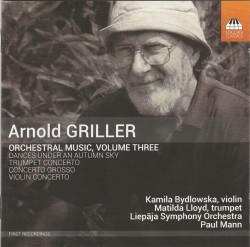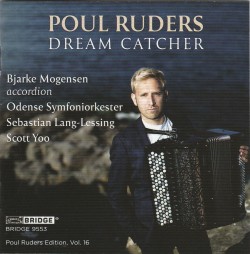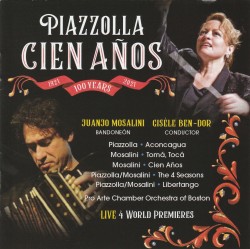Piano Protagonists: Music for Piano & Orchestra - Orion Weiss; The Orchestra Now; Leon Botstein
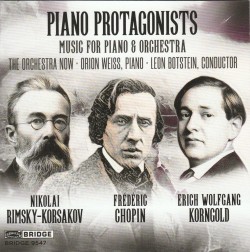 Piano Protagonists – Music for Piano & Orchestra
Piano Protagonists – Music for Piano & Orchestra
Orion Weiss; The Orchestra Now; Leon Botstein
Bridge Records 9547 (bridgerecords.com/collections/catalog-all)
All of the Piano Protagonists works are “firsts.” Erich Korngold’s Piano Concerto in C-sharp Major for One Hand (premiered 1924) was the first Paul Wittgenstein-commissioned left-handed piano concerto. It has one dramatic movement in the style of Korngold’s opera Die tote Stadt, more complex than his later Violin Concerto. Its tough-minded, ceremonial character was appropriate for the commisioner/pianist Wittgenstein, who lost his right arm in World War I. There are also tender-minded and mysterious moments in the middle section, Reigen (Round Dance – used ironically). Pianist Orion Weiss conveys these subtleties well. His technical mastery of massive octaves and chords, and of the lightning-fast burlesk section, never falters.
Chopin’s Variations on “La ci darem la mano” (from Mozart’s Don Giovanni) for piano and orchestra first brought him to public attention. The variations’ intensity and freedom of piano ornamentation and passagework were striking, prefiguring his piano concertos. I particularly like the runs with double notes in Variation I, and the polonaise variation and finale demonstrating the composer’s celebrated style achieved in his teens.
Rimsky-Korsakov’s Piano Concerto in C-sharp Minor (1882-3) was a first for the non-pianist composer. An expert orchestrator, Rimsky-Korsakov plays to his strength in emphasizing piano-orchestra interplay over virtuosity. The wealth of musical invention applied to a simple Russian theme is what sustains this compact concerto. Weiss and The Orchestra Now under Leon Botstein convey the lively work’s spirit and its intricacies well.


